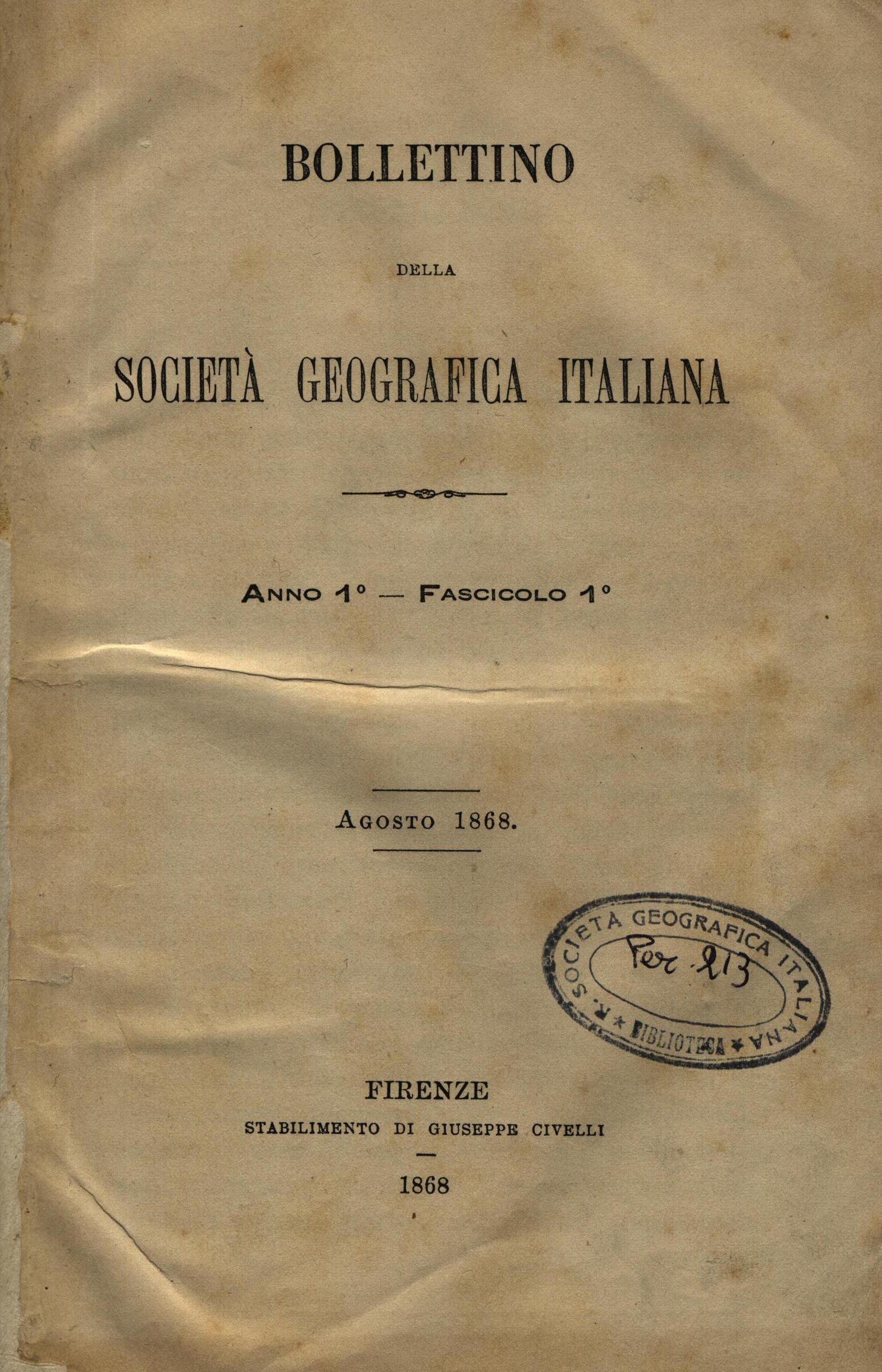Retail Changes and Consumption Practices in the Neighbourhood of Vomero, Naples
DOI:
https://doi.org/10.36253/bsgi-1008Keywords:
innovations, embeddedness, retail changes, consumption practices, neighbourhoodAbstract
The article focuses on the Neapolitan neighbourhood of Vomero, whose most recent transformations can be effectively read through the lenses of retail and consumption geography. In greater detail, the evolution of the neighbourhood will be briefly outlined through a long-lasting look on its retail change, from its urbanization to the current configuration of a fabric modified by new consumption practices, in turn generated by the different demands of (old and new) inhabitants and users. The fieldwork research, which took place on a selected core-area and was articulated into various moments – site visits, with the emotions and perceptions they aroused; mapping, to reconstruct the spatial organisation of retail and entertainment activities; in-depth interviews with privileged witnesses; analysis of local commercial policies – will allow to exemplify how the neighbourhood escapes the simplicity of some urban thesis on local-global dialectic. Even in a micro-space which has been the symbol of innovation and separation from the rest of Naples, the commercial core is disputed among various actors. At the scale of the polarizing nodes of the neighbourhood, the retail changes and the consumption practices – although not induced by top-down project or branding policies – highlight new tensions between forms of innovation and of embeddedness.
Metrics
Downloads
Published
How to Cite
Issue
Section
Categories
License
Copyright (c) 2021 Libera D'Alessandro

This work is licensed under a Creative Commons Attribution 4.0 International License.









